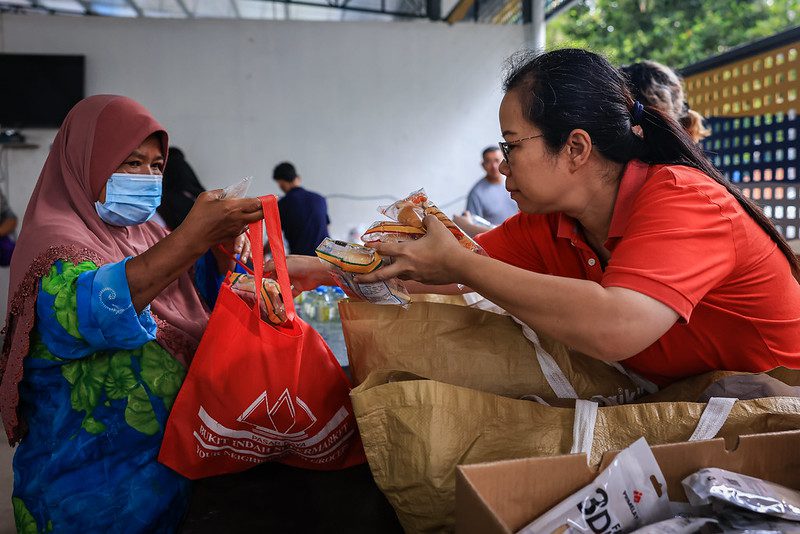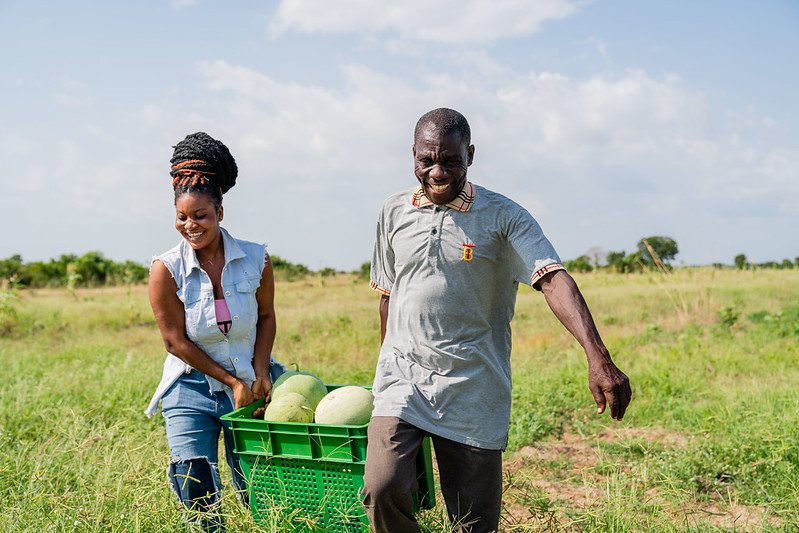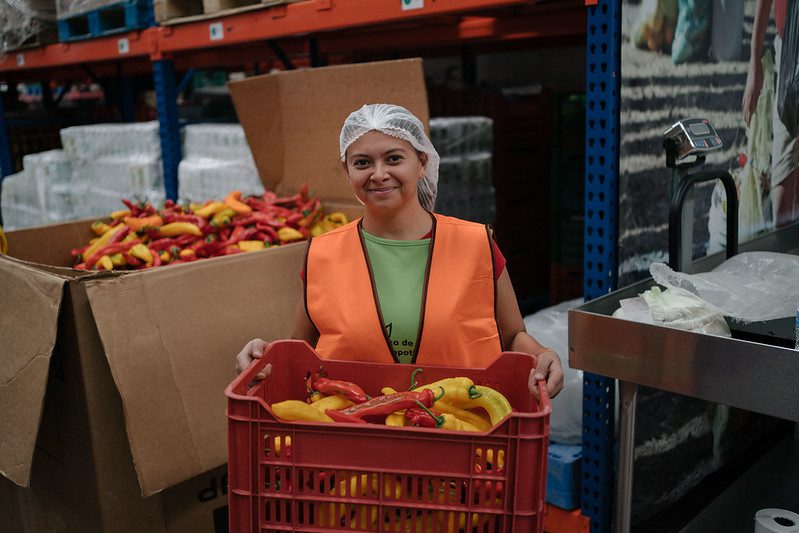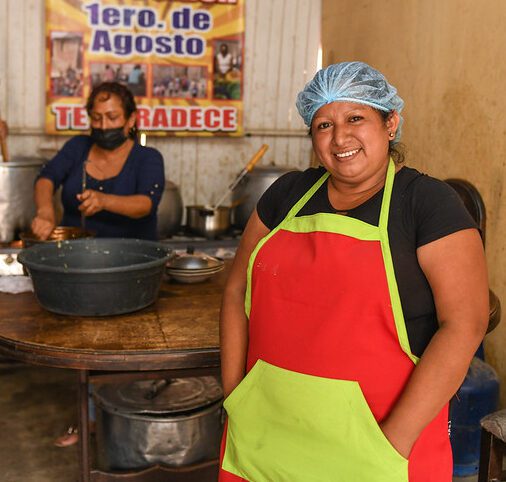Los datos de 54 miembros de The Global FoodBanking Network en 45 países encontraron que la demanda global de ayuda alimentaria se mantuvo alta en 2023, y los bancos de alimentos respondieron proporcionando alimentos y productos comestibles a 40 millones de personas, casi 10 millones más que en 2022.
A pesar de las expectativas de que la demanda de alimentos disminuiría después de la pandemia, los bancos de alimentos de la Red llegaron a casi el mismo número de personas que en los primeros días de la pandemia de COVID-19 en 2020.
La mayor expansión del servicio se debe en gran medida al alto nivel de demanda debido a conflictos y desastres: en todos los países donde trabaja GFN, hubo al menos un desastre natural y el 71 por ciento de los países experimentó disturbios civiles.
En 2023, los bancos de alimentos aumentaron la distribución en un promedio del 25 por ciento, entregando alrededor de 654 millones de kilogramos de alimentos y productos comestibles, o el equivalente a 1.700 millones de comidas. Gran parte de la expansión provino de los bancos de alimentos en países con economías emergentes y en desarrollo, donde las tasas de hambre tienden a ser más altas. Estos países representaron casi el 60 por ciento de la distribución total de alimentos de la Red en volumen en 2023.
Los datos presentados se recopilan a través del Informe de actividad de la red de GFN y representan la actividad de los miembros del banco de alimentos desde el año calendario 2023.

Lisa Moon, directora ejecutiva y presidenta
The Global FoodBanking Network

En Kuala Lumpur, Malasia, los miembros de la comunidad reciben un paquete de alimentos durante la distribución semanal del Comedor Kechara. El paquete contiene comidas calientes preparadas, bebidas, frutas y productos horneados. (Foto: GFN/Annice Lyn)(Foto: GFN/Annice Lyn)

En Ada-West, Accra, Ghana, Leticia Ayiku-Petsi ayuda a Ezekiel Agbovie a llevar parte de su cosecha de sandías que será donada a Food for All Africa. (Foto: GFN/Julius Ogundiran)

En Zapotlanejo, Jalisco, México, Alejandra Gamiño Vicencio, voluntaria de Bancos de Alimentos de México Zapotlanejo, organiza productos frescos en el almacén. (Foto: GFN/Luis Antonio Rojas)

En Lima, Perú, un cocinero del comedor social La Merced prepara comidas calientes para los miembros de la comunidad de San Juan de Lurigancho. La organización recibe alimentos del Banco de Alimentos Perú y distribuye comidas todos los días a personas en situación de inseguridad alimentaria. (Foto: GFN/Nicolás Villaume)
Los líderes, socios y voluntarios locales se aseguran de que las necesidades únicas y los contextos culturales de una comunidad estén en el centro de las operaciones del banco de alimentos.
En 2023, los miembros trabajaron con 76 000 organizaciones locales, incluidas despensas, cocinas y refugios, y contaron con el apoyo de más de 300 000 voluntarios comunitarios, que donaron 3,5 millones de horas en mano de obra y servicios basados en habilidades, haciendo posible el trabajo de los bancos de alimentos.
Doug O'Brien
Vicepresidente de Programas
The Global FoodBanking Network